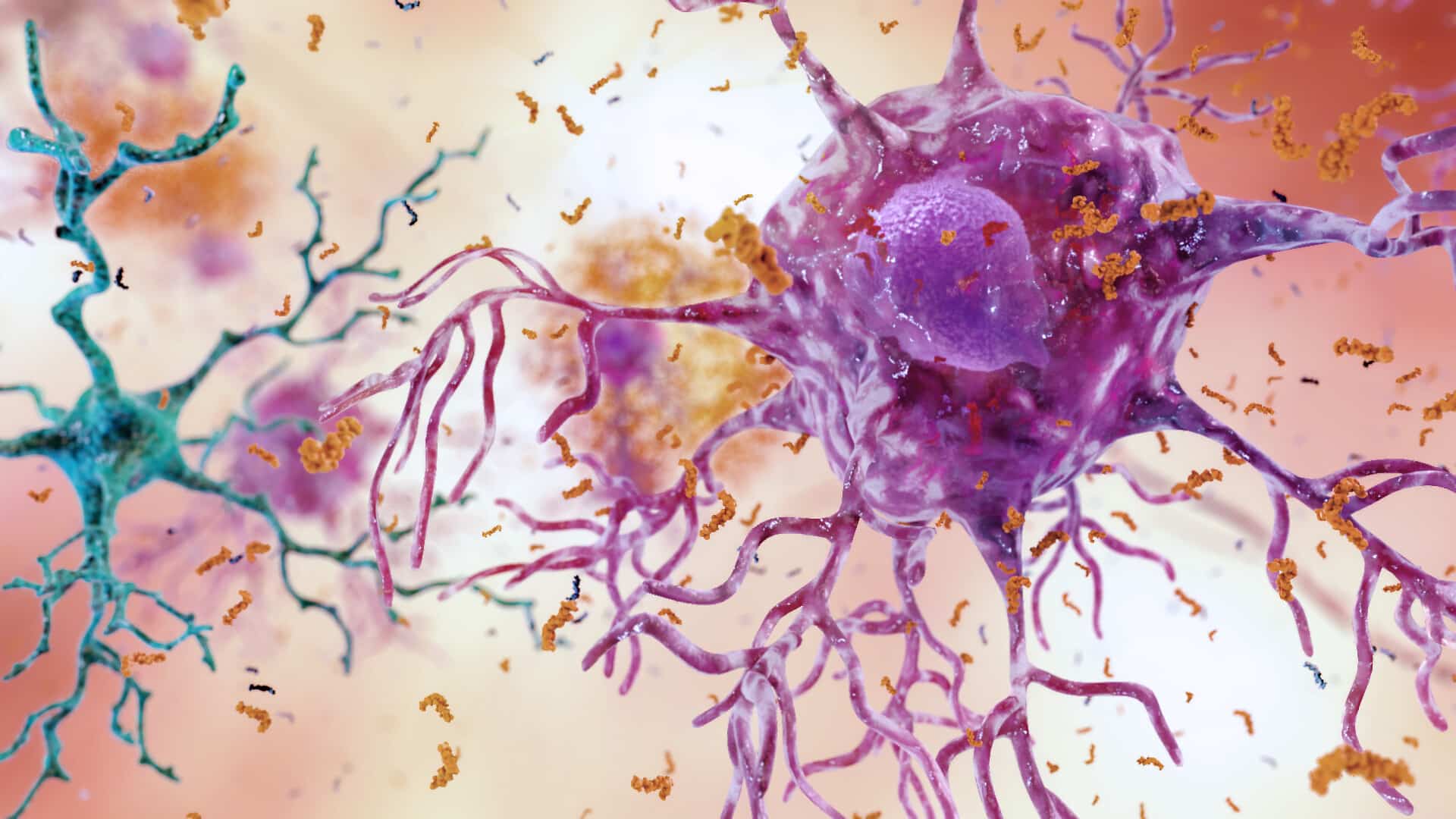

A team of Australian researchers has identified a small molecule that blocks a key protein involved in brain cell death, potentially opening the door to new treatments for Parkinson’s and Alzheimer’s disease.
Scientists at the Walter and Eliza Hall Institute of Medical Research (WEHI) led the study, which they published in Science Advances. Researchers identified the molecule WEHI-3773 after screening more than 100,000 compounds at the National Drug Discovery Centre.
The compound disrupts the activity of BAX, a protein known to drive cell death, by preventing it from reaching the mitochondria, the part of the cell where it causes damage.
“Currently, there are no treatments that prevent neurons from dying to slow the progression of Parkinson’s. Any drugs that could be able to do this could be game-changing,” said Professor Grant Dewson, a lead author of the study and head of the WEHI Parkinson’s Disease Research Centre.
The team explained that WEHI-3773 prevents BAX from triggering apoptosis, programmed cell death, by blocking its interaction with another protein, VDAC2. Instead of moving to the mitochondria, BAX remains inactive in the cytosol. This action helps keep brain cells alive under conditions that normally cause their death.
“For the first time, we could keep BAX away from mitochondria and keep cells alive using this molecule,” said Kaiming Li, a Ph.D. candidate at WEHI and lead author of the study. “This could pave the way for next-generation cell death inhibitors to combat degenerative conditions.”
Researchers also found that WEHI-3773 influences another protein involved in cell death: BAK. While the compound blocks BAX activity, it appears to promote BAK’s role in destroying cancer cells.
This selective action offers a targeted approach to reduce unnecessary brain cell loss in neurons, where BAX remains active and BAK levels are typically low.
Current treatments for neurodegenerative diseases focus on managing symptoms rather than stopping disease progression. The premature death of neurons is a major factor in Parkinson’s and Alzheimer’s. By interfering with the mitochondrial mechanisms that drive this cell loss, WEHI-3773 offers a potential path toward disease-modifying therapies.
The study also points to possible applications in cancer. Some leukemia patients develop resistance to venetoclax, a drug that targets a different cell-death pathway. That resistance is often linked to the loss of BAX function. The WEHI compound overcame this issue by boosting BAK activity, suggesting it could be used alongside existing cancer drugs.
Still, researchers noted that the compound’s effects varied depending on the type of stress applied to cells. While it worked well with certain drugs in lab models, its behavior under other conditions was inconsistent.
Next, the team plans to map the exact structure of the binding sites involved and test WEHI-3773 in animal models of neurodegeneration and cancer. The WEHI Parkinson’s Disease Research Centre will continue focusing on cell death, mitochondria, and inflammation in pursuit of treatments that could change the course of progressive brain disorders.
